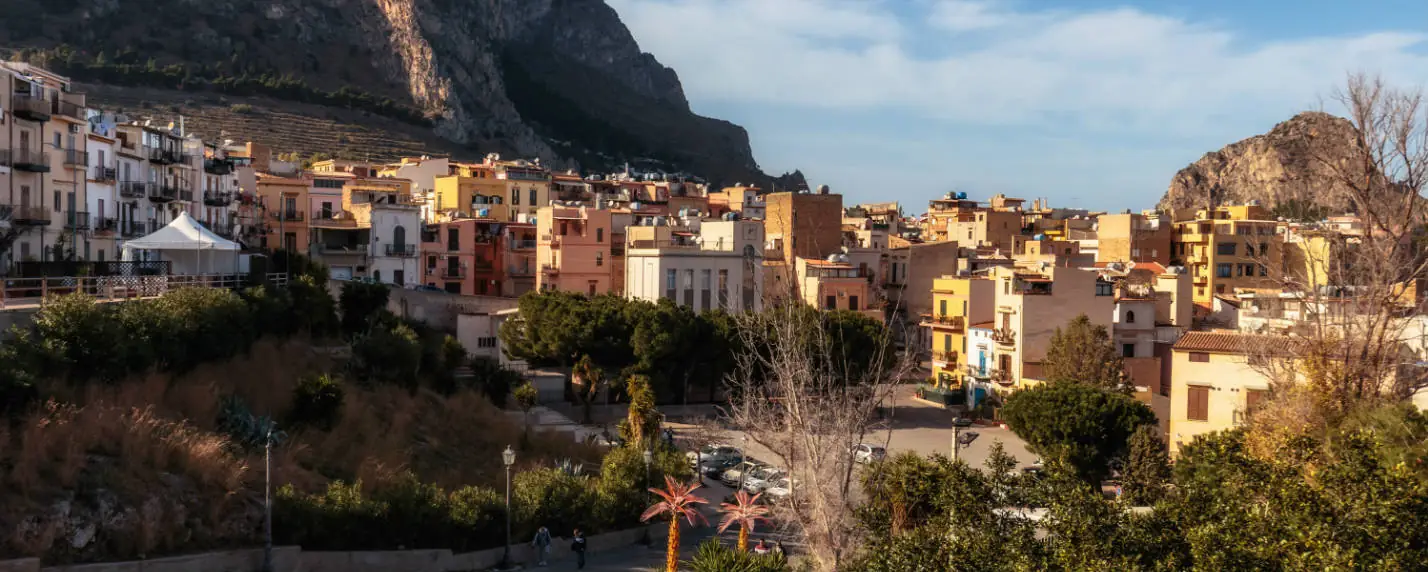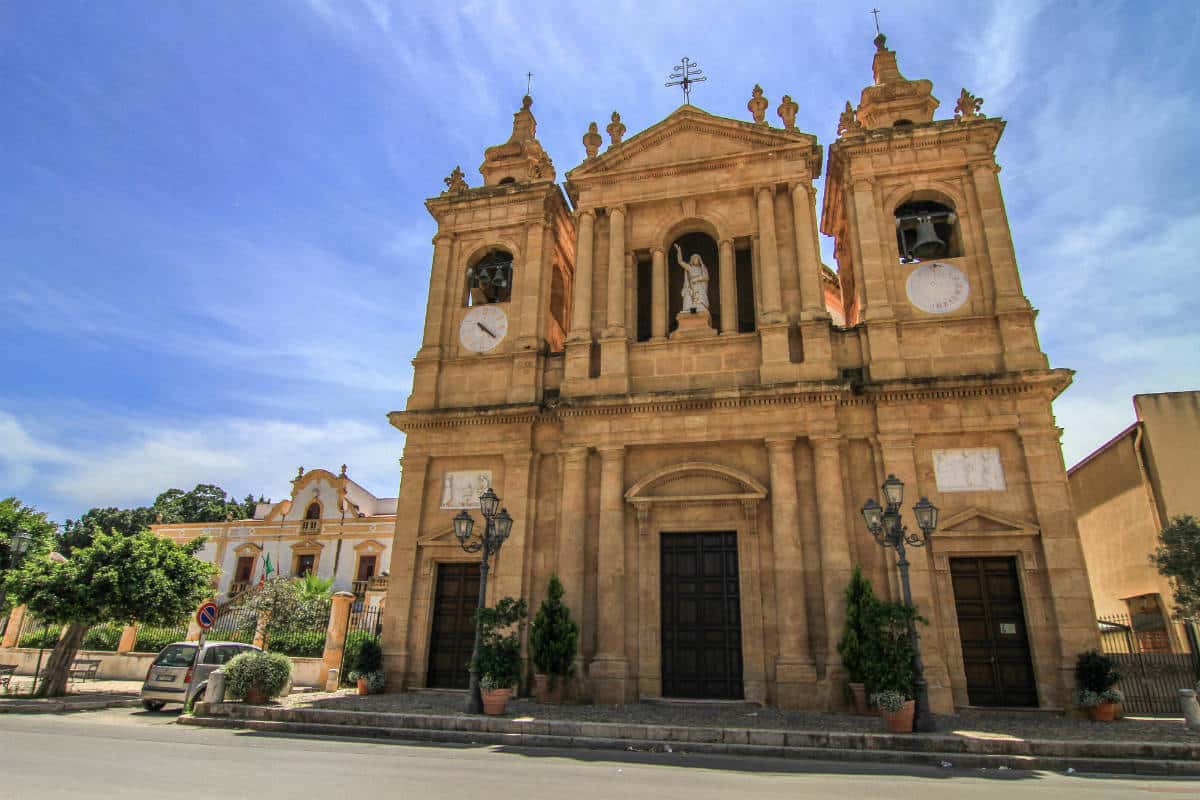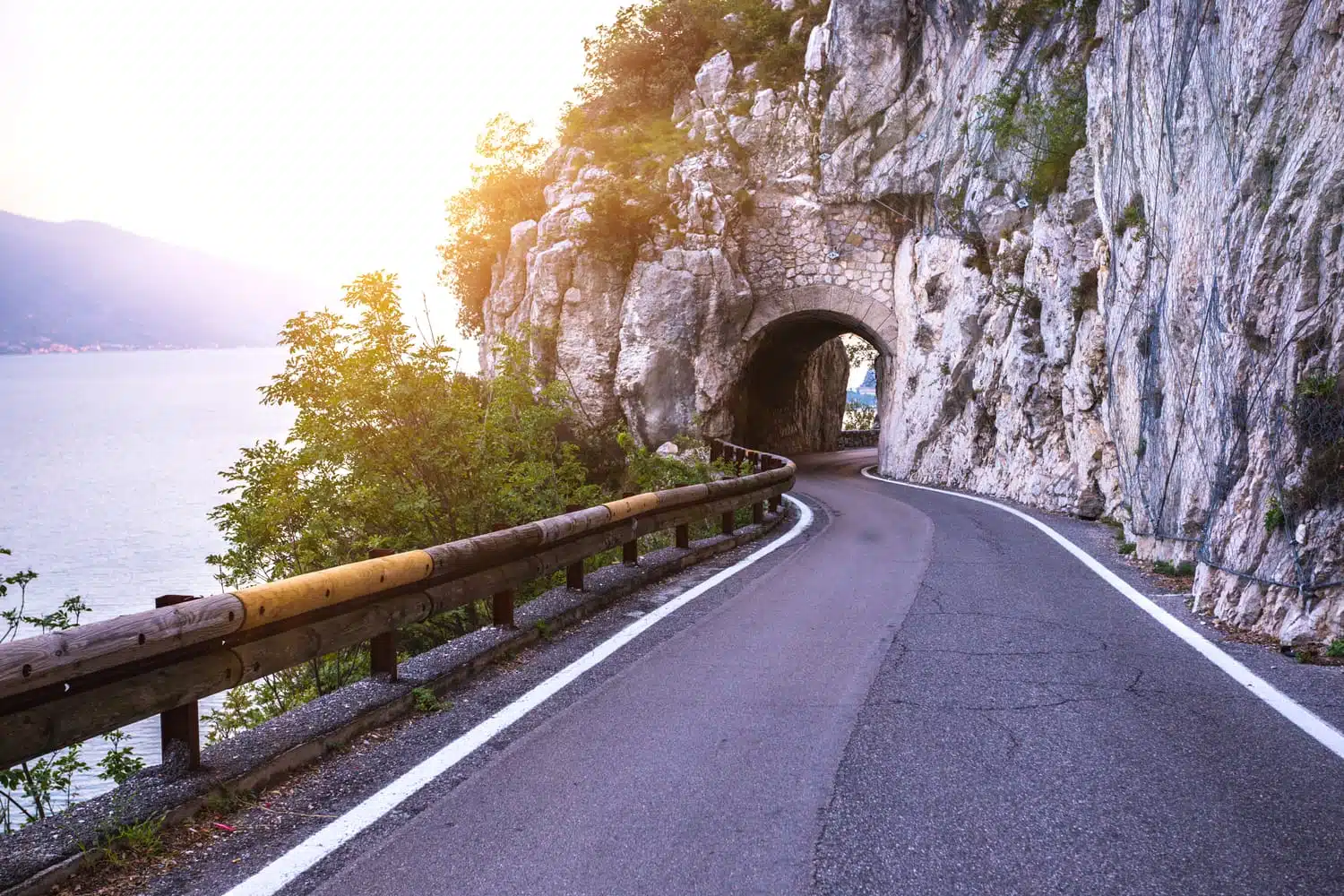The Soluntina Basilica of St. Anna in Santa Flavia was built on a pre-existing early 17th-century rural chapel, possibly already dedicated to the saint.
In 1666, purchased by the Filangeri princes together with a nearby “casina”-later replaced by the Filangeri villa-it assumed the role of family chapel: the first enlargement works began in 1704 and ended in 1756, with the consecration on June 19, 1763. A second phase of enlargement began in the same year 1756 and ended in 1785: the transformation was radical, so much so that a second and final consecration was necessary on July 24, the feast day of the titular Saint Anne. With the aggregation to the basilica of St. John Lateran in 1764, the church acquired the title of basilica with the privilege of granting indulgences to anyone who visited it. In 1794 Pope Pius VI donated the bones of the Roman martyr St. Agapenus to the basilica, relics still enshrined in the original gilded and painted wooden shrine placed between the red marble columns of the high altar.




